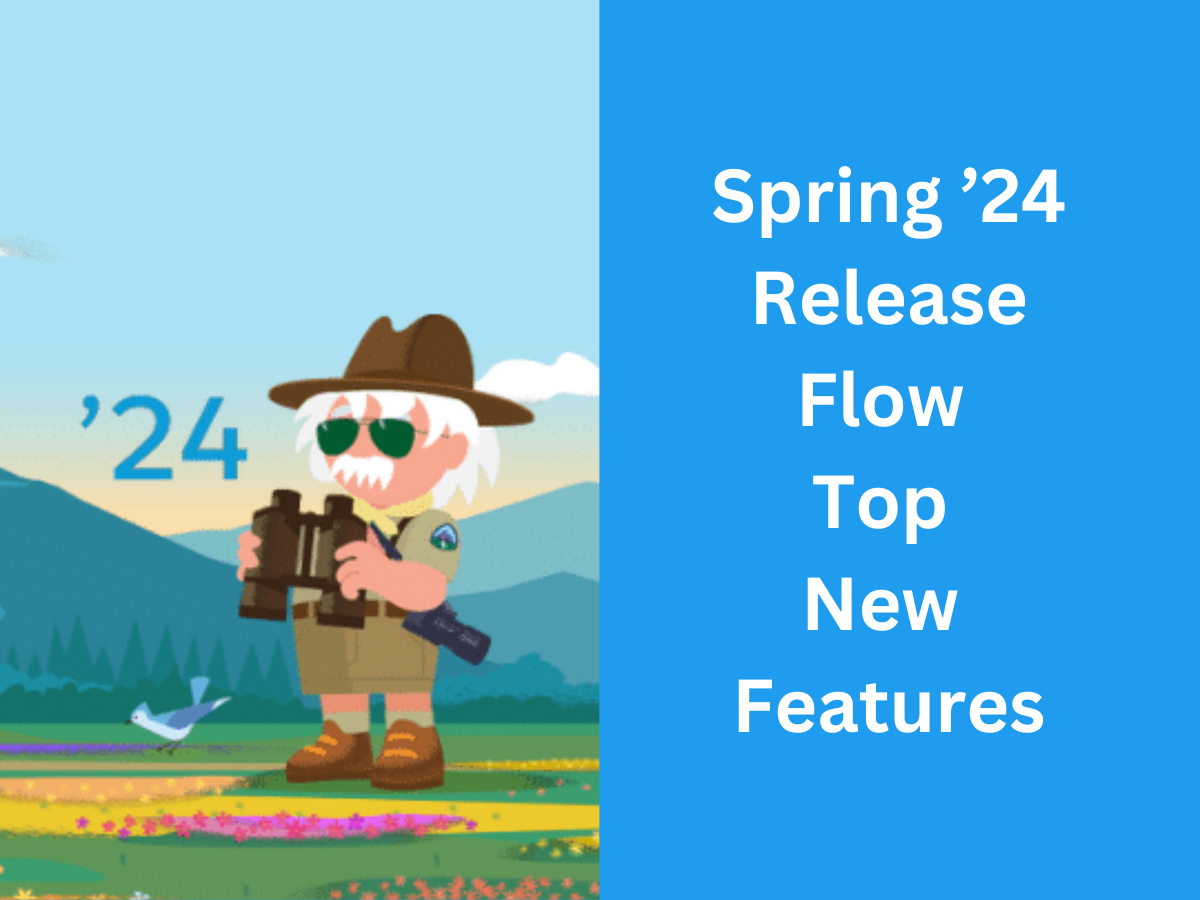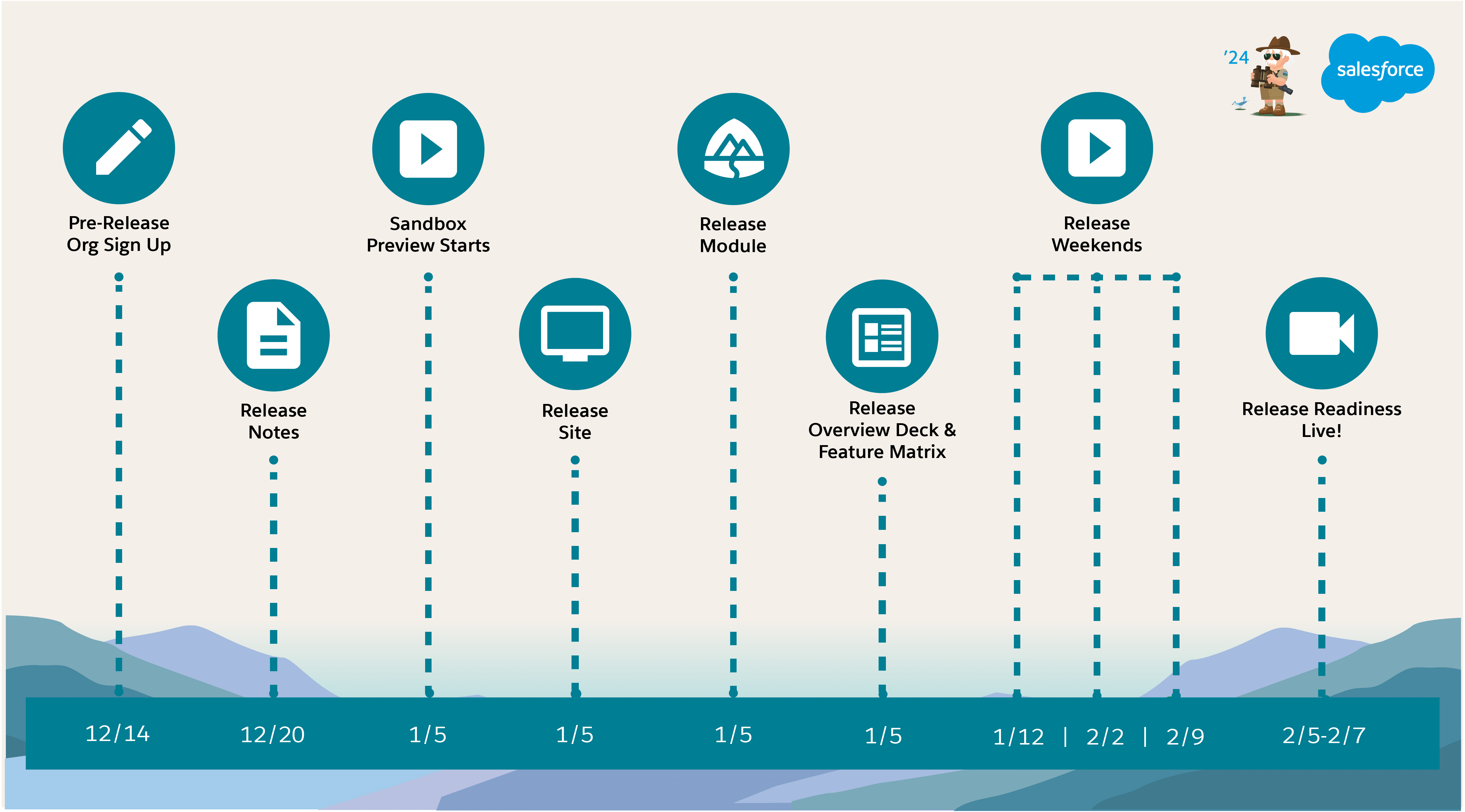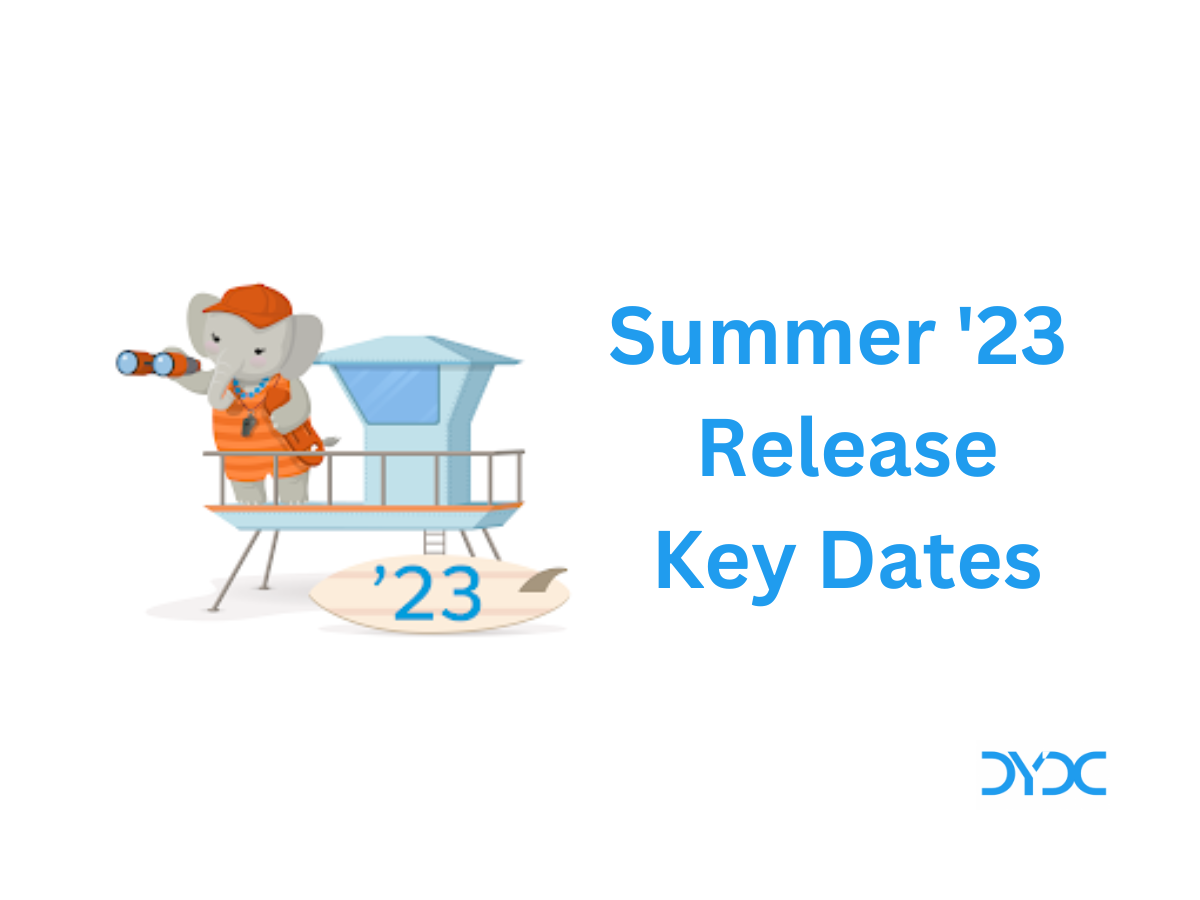Salesforce Winter ’23 Release Flow Top New Features
1. Cut and Paste Flow Elements
Change the order of flow elements in auto-layout faster by using cut and paste. Previously, to move an element on the canvas, you copied and pasted the element then deleted the original element, and then you updated the API name of the pasted element.
To cut an element, click the element and select Cut Element (1).

To paste the element that you cut, hover over  where you want to paste, and then click
where you want to paste, and then click  (2).
(2).

2. See All Incoming Go To Connections in the Toolbox
Now you can easily find incoming go to connected elements because they’re listed in one place instead of spread out on the canvas.
Open the Toolbox (1) and click to show the details of an element with connections (2) or (3).

All incoming go to connections for that element are listed in the Toolbox (4). Click  for an incoming go to connection (5), and then focus is moved to that element on the canvas (6).
for an incoming go to connection (5), and then focus is moved to that element on the canvas (6).

3. Use Formula Builder in Flow Resources and Collection Filter Elements
You can now use an enhanced formula builder in Flow Formula-type resources and the Collection Filter element. The builder guides you through the syntax so that you can create an expression more easily. Instead of waiting until you save a flow, you can check the formula syntax and catch errors as you work.
To use the formula builder with Flow Resources, add a Formula resource to the Toolbox. To use the formula builder with the Collection Filter element, add a Collection Filter element to a flow, and then set Condition Requirements to Formula Evaluates to True. In the formula builder, insert a resource and a function and select an operator. Click Check Syntax after you build or modify each expression because the formula builder shows one error at a time.
4. Use Record-Triggered Flows to Update Related Records
Now you can use record-triggered flows to update any records related to the triggering record.
Use the Update Records element and select Update records related to the objectName record that triggered the flow. Then, select the related records you want to update. You can also set filters to update only certain related records. If you don’t specify a filter, all related records are updated.

5. Use In and Not In Operators in Flows to Find Related Records
With the new In and Not In operators, a flow accesses a collection of primitive values to get related records without using the Loop element. The flow uses fewer SOQL queries and DML statements, and performs faster. The new operators support accessing collections of type Text, Number, Date, Date/Time, Currency, and Boolean. The operators are available in the Get Records, Update Records, and Delete Records elements.
To ensure your flows don’t exceed governor limits, use the In operator. For example, a flow gets all related contacts if their role equals Decision Maker and if their related accounts have a shipping state in California. With the new In operator, the flow executes the Get Records element only three times. That’s three SOQL queries no matter how many contacts the flow finds.

Because the In and Not In operators don’t support accessing values on record collections in this release, the flow assigns the account IDs to a text collection, caAccountIds. The Get Records element gets all related account contact roles if their account IDs are in caAccountIds and if their Role equals Decision Maker.

The Get Records element gets all related contacts if their contact IDs are in contactIDs. And you’re done.

Previously, the Loop element iterated over a collection of values to get related records. Each time the flow got a related record via the Loop element, the flow used one SOQL query. If the flow got over 100 records, the flow failed because it exceeded the governor limit of 100 SOQL queries per transaction. If you debugged the flow, the debug details showed over 100 executions of the Loop and Get Records elements.
Here’s some more examples of using the new operators:
- Get a list of related account contact roles if their account IDs aren’t in the caAccountIds example.
- Update a collection of contacts based on an opportunity’s roles when an opportunity is Closed – Won.
- Get a list of accounts in a list of countries to display in a data table.
- Get a list of records using the Record ID Collection output of the newly enhanced Lookup screen component.
- Get a list of products from a custom action that outputs a collection of IDs from an external system.
6. Launch Screen Flows With Lightning Web Components
Embed a screen flow from any Lightning Web Component with the new lightning-flow component. Developers can supercharge their flows by customizing finish behavior, setting custom styling, or launching flows from their Lightning Web Components. And they can offload complex input collection and branching logic to Flow, saving time and money.
This example shows an LWC component with the Survey_customers flow API name.
<template>
<lightning-flow flow-api-name='Survey_customers'>
</lightning-flow>
</template>7. Specify Time Offsets in Months for Scheduled Paths
For each scheduled path on record-triggered flows, new offset options let you schedule the path to run on the same calendar day of another month. Previously, after you selected a time source for a scheduled path, you could specify offsets only in days, hours, and minutes. Also, the Configure Scheduled Paths window features clarified content.
When you add or edit a scheduled path, select Months After or Months Before to run the scheduled path on the same calendar day of another month.
In this scheduled path, the time source is the flow-triggering event, and the schedule is offset to run the path 2 months after the contact is created or updated.

8. Get More Canvas Space with the Toolbox Hidden
Now you can decide when to show the Toolbox for resource and element management while in auto-layout. The Toolbox is hidden by default.
To make the Toolbox visible, click  (1).
(1).

9. Enjoy More Room When Building Flow Screens
Get a larger flow screen editor that follows the Salesforce Lightning Design System (SLDS) standards. Now there’s more room to lay out components, such as when working with multiple columns.
Previously, the screen editor offered a medium canvas.

Now the screen editor offers a larger canvas.

10. Find Flow Elements Faster with Search
The Add Elements dialog box in the Flow Builder canvas now includes a search bar.
In the Add Element dialog box, search for the flow element to add by name. Don’t search by element type. For example, instead of searching for Action, search for a specific action type such as Send Email.

11. Select Multiple Records in the Lookup Flow Screen Component
Now you can search and then select more than one record with the Lookup flow screen component. You can specify a selection maximum and one or more default records.
Add the Lookup component to your screen flow and set the Maximum Selections field to a value greater than 1.

12. Select Multiple Records from a Table in a Flow Screen (Beta)
Leverage the new Data Table (beta) flow screen component to display a list of records on a flow screen. You can set the table to read only, or enable your users to select one or more records and use their selections later in the flow. And users can change the width of table columns and wrap or truncate overflowing text.
Add the Data Table (beta) component to your screen flow and configure the fields.

Additional Resources
What are your Salesforce Winter ’23 Release Flow Top New Features? Please let us know in comments!
Recommend Articles
- Salesforce Industries Winter ’23 Release Top New Features
- How to Pass Salesforce Business Analyst Certification Exam?
- How to Pass Salesforce Strategy Designer Certification Exam?
- Salesforce Certified User Experience (UX) Designer Exam Guide
- Latest 100+ Salesforce Interview Questions & Answers for 2022


